Inflation: What will the RBI do?
Last updated on: June 14, 2011 10:22 IST
Image: RBI headquarters.
Rajeev Malik
All eyes are on the Reserve Bank of India's (RBI's) upcoming mid-quarter monetary policy review on June 16, the first review following the unexpected 50 basis point (bp) increase in early May.
It is ironic that the RBI's aggressive 50-bp move came just as global commodities hit an air pocket. Indeed, the CRB index of commodities and Brent are both slightly lower now compared to early May.
Inflation: What will the RBI do?
Image: Food prices continue to rise.
However, neither decline is big enough so far or can be viewed as being firmly sustainable to prompt the RBI to stay on hold.
India's inflation remains suppressed owing to the lack of a more complete adjustment in several local prices.
After having sounded exceptionally hawkish just six weeks ago, the RBI will appear to be avoiding its own guidance if it stays on hold next week, especially since inflation remains worryingly high.
Inflation: What will the RBI do?
Image: Reuters.
Also, the inflation data are yet to be fully impacted by the long overdue adjustments in local fuel and other prices, and the much-needed meaningful fiscal adjustment remains uncertain.
Even a slightly better-than-expected wholesale price index (WPI)-based inflation for May should not be a cause for celebration.
In the absence of fuel price adjustments, looking at the inflation readings is like looking at a swimsuit without a body - it just does not capture the real effect.
Inflation: What will the RBI do?
Image: Reuters.
The March quarter GDP report cannot be an excuse for staying on hold as signs of moderation existed even when the RBI increased key policy rates by 50 bps.
GDP data are, for the most part, a lagging indicator, as several monthly indicators provide earlier clues.
It has been widely overlooked that non-agricultural GDP growth moderated only marginally to 7.8 per cent year-on-year (YoY) in January-March from 8.0 per cent in the December quarter.
Inflation: What will the RBI do?
Image: Reuters.
A sizeable upward adjustment in the GDP for January-March quarter in 2010 also made the YoY comparison less flattering.
Further, gross tax receipts suggest a better tone of economic activity even though economic growth is widely expected to moderate as a desired policy outcome.
In the annual policy, the RBI stated the obvious that there is no trade-off between growth and inflation in the long run.
Inflation: What will the RBI do?
Image: RBI.
While that it true (and it is encouraging that the RBI discovered that after missing inflation forecast in the last few years), it conveniently overlooked to point out that there is little role for monetary policy in the long run.
Low inflation is favourable to long-term growth as interest rates decline, which in turn boosts growth, which in India's case could also get a shot in the arm if the government ever wakes up to work on reforms.
Inflation: What will the RBI do?
Image: Reuters.
Earlier, I had pointed out that there is a risk of over-tightening as the WPI inflation that the RBI focuses on appears to have little sensitivity to softening non-agricultural GDP growth if commodity prices are rising.
This is because WPI inflation (and non-food manufactured goods component) is significantly more sensitive to international commodity prices than the typical consumer price index (CPI)-based inflation.
Inflation: What will the RBI do?
Image: RBI Governor D Subbarao.
It is instructive to note that the new CPI series shows inflation running around 6.0 per cent YoY, and a sequential pass-through (not seasonally adjusted as there are still not enough data points) that is much lower than what the WPI indicates.
This is as it should be, but the RBI appears idiosyncratically wedded to the input prices in the WPI for setting interest rates, an approach that is faulty, in my view.
Inflation: What will the RBI do?
Image: Reuters.
India has not had many monetary tightening cycles in the last two decades. The first cycle, in the mid-nineties, ended in tears.
Unstable domestic politics, post-reform bust in investment, and external events (ie Chinese renminbi devaluation in 1994 and the Asian financial crisis in 1997) were among the important reasons, with the RBI's tightening being a contributor to but not the key driver of the domestic slump that followed.
Inflation: What will the RBI do?
Image: Reuters.
The industrial sector was painfully flat on its back through FY02, although the downturn was also instrumental in restructuring businesses.
Essentially, inflation was killed but so was the industrial sector - hardly the desired finesse.The last monetary tightening in 2004-08, especially the mature phase of 2006-08, is a far better case study to gauge the RBI's response function.
Inflation: What will the RBI do?
Image: Indian rupee notes.
However, it too had several important differences from the current monetary tightening that began in early 2010 following the exceptional easing in late 2008 put in place after the global credit crisis.
Higher inflation due to global commodity prices is common to both cycles, but there are several important differences on the composition and drivers of economic growth, magnitude of capital inflows, and the nature of the RBI's tightening (for example, less reliance on the use of cash reserve ratio).
Inflation: What will the RBI do?
Image: Reuters.
In particular, domestic demand was much stronger and more balanced in the last cycle. However, the cycle was cut short by the global credit crisis that prompted an aggressive monetary and fiscal easing by the RBI and the government.
An important aspect of the last tightening that is overlooked is that the RBI had maintained the repo rate (at which banks borrow from the central bank)at 7.75 per cent for a little over a year before an unexpected jump in inflation (driven mainly by global commodity prices) prompted an additional tightening of 125 bps packed in June-July 2008.
Inflation: What will the RBI do?
Image: Reuters.
Non-agricultural growth had been slowing until then but we never got to see the full impact of the tightening as the deceleration that followed was also affected by the global credit crisis. Subsequently, there was a quick and significant reversal in policy.
Even though the RBI's policy comes every six weeks, the central bank appears to have a bias for announcing rate increases more often in the quarterly reviews than in the inter-quarter meetings.
Inflation: What will the RBI do?
Image: Reuters.
That bias should be eliminated unless that is what the RBI intends, in which case the sensible approach of inter-quarter reviews is a waste.
The bottom line is that in the absence of favourable lasting inflation news, holding fire next week will only compromise the effectiveness of the RBI's signalling from the last meeting. At the very least, the guide should follow his own guidance.
The author is senior economist at CLSA, Singapore. The views expressed are personal.

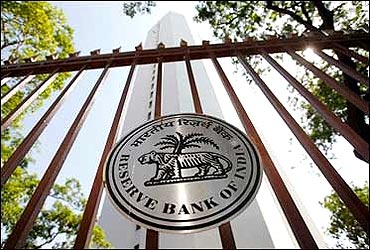
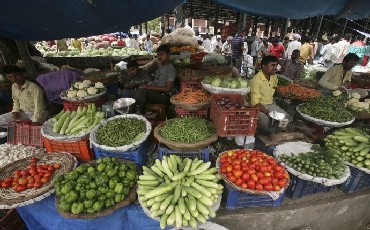
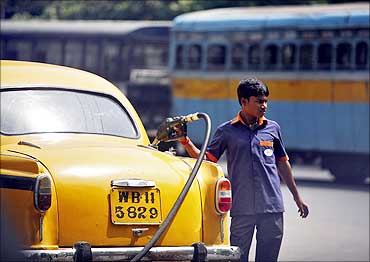
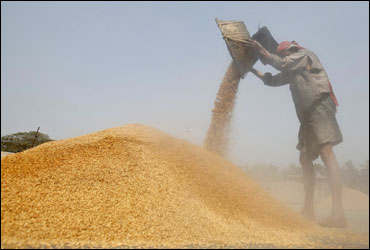
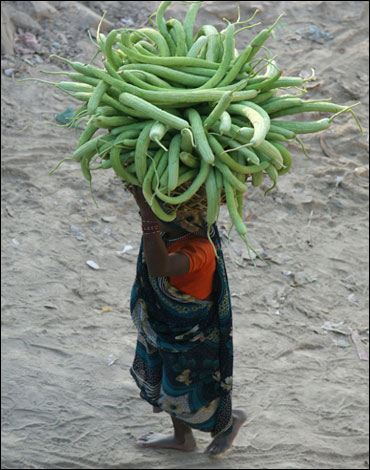
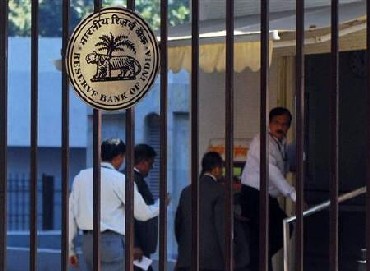
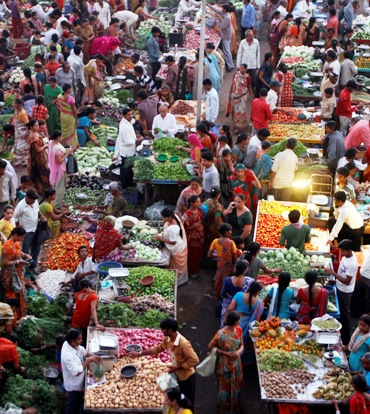
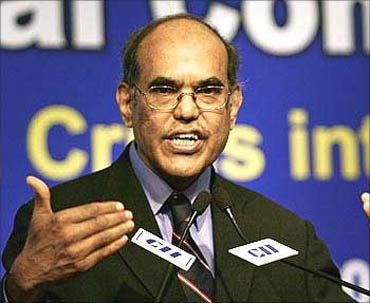
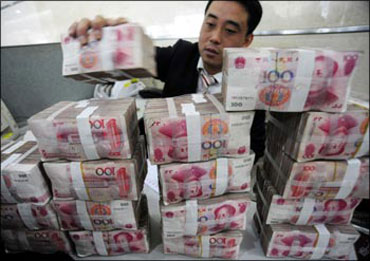


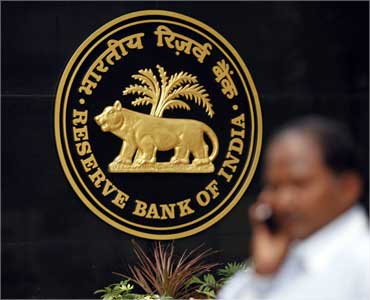
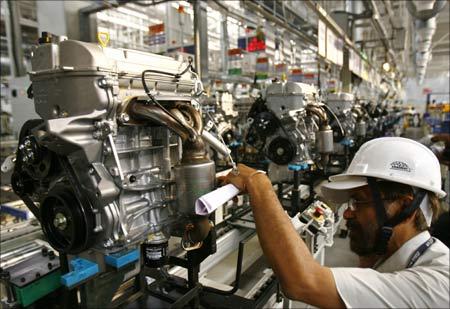
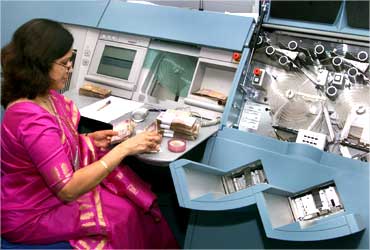

article